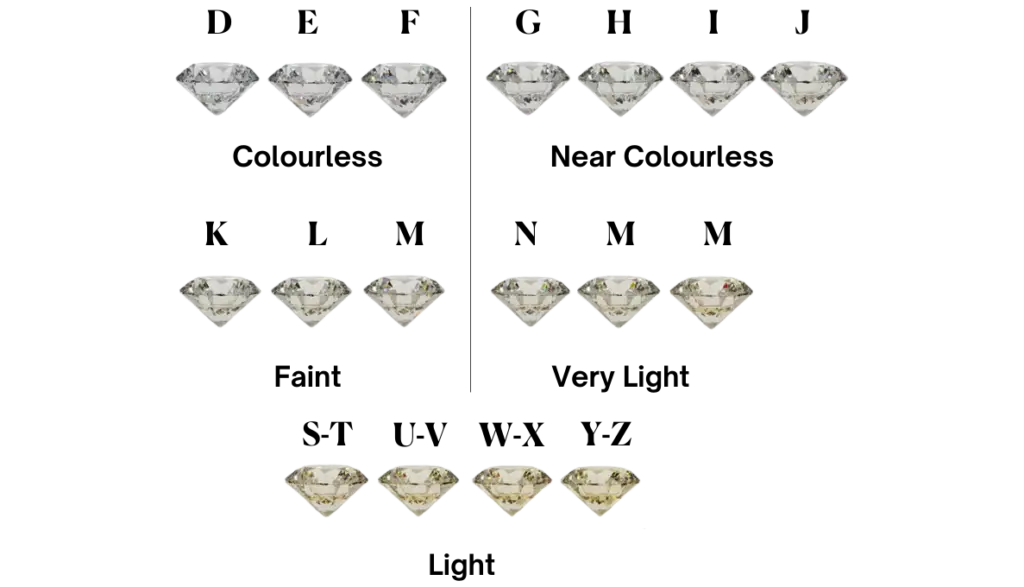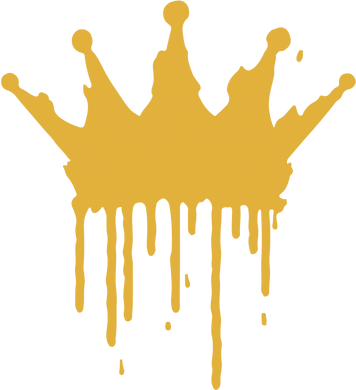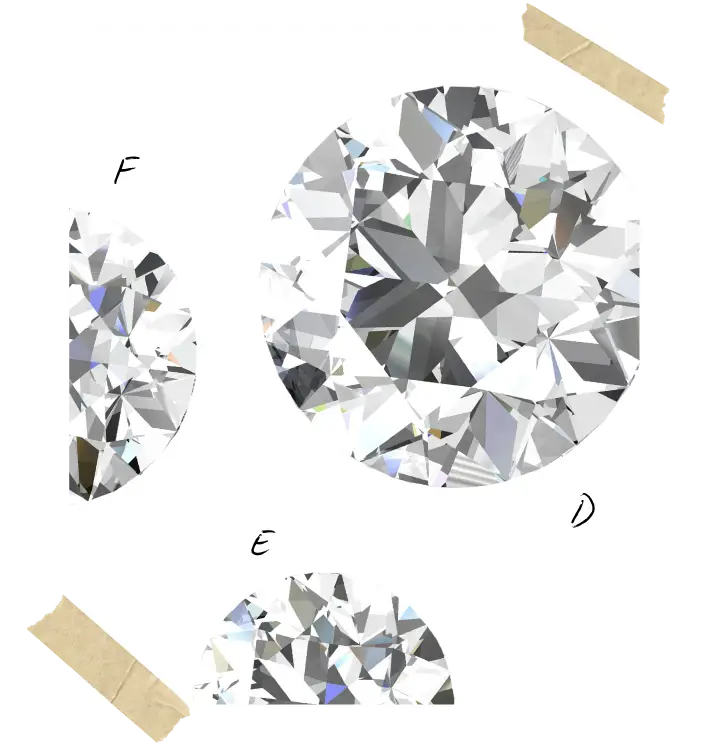When you picture a diamond, you might imagine a dazzling, colorless stone. But diamonds come in a spectrum of shades, from icy white to warm yellow or even brown.
Colour is the third of the 4 (or 5!) Cs and plays a key role in a diamond’s appearance, rarity, and value. The color of the diamond refers to the presence (or absence) of color in the stone.
For white diamonds, less color means a higher grade. But not all color is created equal—there’s a clear distinction between a near-colorless diamond and a fancy-colored diamond like a vivid yellow or pink. I know, I know… it can get confusing.

White Diamond Colour Scale #
Most diamonds are graded on a scale ranging from D (colorless) to Z (light yellow or brown):
- D–F (Colourless): The rarest and most valuable, these diamonds are completely free of color to the naked eye and under magnification.
- G–J (Near Colourless): Slight traces of color visible under magnification, but appear white to the naked eye. These offer excellent value without compromising beauty.
- K–M (Faint Colour): A noticeable yellow or brown tint becomes apparent, particularly in larger stones.
- N–Z (Noticeable Colour): Diamonds in this range have obvious yellow or brown tones visible to the naked eye.
However, when a diamond’s color is rich and saturated enough, it is classified as a fancy-colored diamond rather than being evaluated on the traditional D–Z scale.
These diamonds derive their value from the intensity and vibrancy of their color, with shades like yellow, pink, and blue often becoming the centrepiece of some of the most remarkable jewelry.
While pale yellow diamonds within the Z range of the D–Z scale might be considered undesirable due to their faint hue, a diamond with a deeply saturated and uniform yellow tone is graded as a fancy yellow diamond, which is highly sought after. This difference lies in the way the color is distributed and how intense it appears.
Fancy-colored diamonds are graded on a unique scale ranging from Faint to Fancy Vivid, with the latter being the most striking and valuable.
What Causes Colour in Diamonds? #
Not all color in diamonds is created equal: it arises from various natural phenomena during their formation.
One of the primary causes is the presence of trace elements. For instance, nitrogen atoms within the diamond’s crystal structure are responsible for producing yellow hues, while boron imparts a rare and captivating blue tone, famously seen in iconic gems like the Hope Diamond.
Another factor is structural distortions that occur during the diamond’s growth, which can result in colors like the delicate pinks found in Argyle diamonds. And in addition, exposure to natural irradiation can cause shades of green to develop, adding another layer of intrigue to these beautiful colored stones. These unique processes ensure that no two diamonds are ever exactly alike, making each one a singular treasure.
These colors have mostly just been seen in mined diamonds up to now, with extra processing used on lab diamonds after their formation to give them color. However, lab diamond tech is moving fast, and there are more ‘natural’ additions added to craft the vivid colors we see in mined diamonds – created above-ground.
How Colour Affects Appearance #
The absence of color enhances a diamond’s brilliance, as it reflects white light more effectively. However, the choice of metal in a diamond’s setting can influence how its color is perceived. Cooler metals, such as platinum or white gold, accentuate the purity of higher-grade diamonds in the D–G range, while warmer metals like yellow or rose gold complement the faint tones found in diamonds graded H–M. This interplay between setting and diamond creates an opportunity to customise your ring, allowing even faintly colored stones to appear whiter and more vibrant.
One of our favourite ways to do this is with mixed metals within an engagement ring: you don’t know perfection until you’ve seen a D diamond paired with a gold band in a white gold setting… perfection.
One common misconception is that only colorless diamonds are beautiful, but this is far from the truth. Near-colorless diamonds, graded G–J, often appear indistinguishable from colorless ones to the naked eye and provide excellent value.
Another myth is that fancy-colored diamonds are less valuable; in reality, stones with vivid and uniform hues, such as fancy yellows or pinks, are some of the rarest and most expensive gems on the market.
Colour Grading in Lab Grown vs. Mined Diamonds #
Lab-grown and mined diamonds are graded using the same D–Z color scale, but lab-grown stones often achieve higher color grades due to their controlled growth environments. While both types can produce stunning colorless or fancy hues, lab-grown diamonds offer exceptional value, particularly in the near-colorless range, where their brilliance and purity shine.
We’re here to help you navigate the world of diamond color: whether you’re drawn to the pristine elegance of a colorless diamond, or the bold beauty of a fancy hue, our collection has something for everyone.



